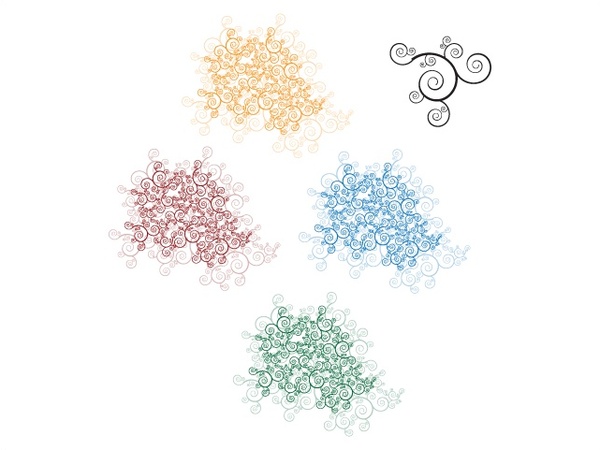
In classical architecture, circular shapes were often used in decorative elements such as columns and arches.

#5 organic shapes windows
They are commonly used in gathering spaces such as living rooms, dining rooms, and auditoriums, as well as in features like round windows and doors. Circles: Circle shapes are often associated with unity and wholeness, and they can create a sense of flow and connection.Some of the most common shapes used include: There are a wide variety of shapes that are commonly used in architecture, each with its own specific characteristics and meanings. Examples of different shapes in architecture By using the appropriate shape for a specific function, architects and designers can create buildings that are functional and that meet the needs of the people who use them. They can also be used to create a sense of structure and stability, such as in support elements like walls or columns. Rectangular shapes, on the other hand, can be used to create defined and functional areas, such as in offices or classrooms. They can also be used to create a sense of movement and fluidity, such as in circulation spaces like corridors or lobbies. Different shapes can be used to create specific types of environments or to suit particular needs.įor example, circular shapes can create a sense of movement and connection, making them well-suited for gathering spaces such as public building entrance foyers.

By using different shapes, architects and designers can create buildings that are visually appealing and that convey the desired message and atmosphere.įunctionally, shape can also influence the way a building or object is used and experienced. They can be used in functional spaces such as offices and classrooms, as well as in features like square windows and doors. Rectangular shapes, on the other hand, are often associated with stability and order, and can create defined and functional areas. They can be used in gathering spaces such as living rooms, dining rooms, and auditoriums, as well as in decorative elements such as round windows and doors. Different shapes can convey different meanings and feelings, and can be used to create different types of environments and experiences.įor example, circular shapes are often associated with unity and flow, and can create a sense of gathering and community. Shape can affect architecture in a variety of ways, both aesthetically and functionally.Īesthetically, shape can greatly impact the appearance of a building or object. Organic shapes, which are inspired by nature and have irregular or curving forms, can create a sense of movement and fluidity. Different shapes can evoke different feelings and associations in people, and architects and designers can use this to their advantage when creating a desired aesthetic.įor example, rounded shapes such as circles and ovals tend to evoke a sense of warmth and softness, while angular shapes like triangles and squares can create a more formal or structured feel.

One of the primary ways that shape is used in architecture is to convey meaning and emotion. It is one of the most basic and fundamental aspects of visual art, and it can be used in a variety of ways to create visual interest, balance, and harmony. Shape is an essential element of design that can have a significant impact on the aesthetic quality and function of a building. In this article, we explore the role they play and how their variations can greatly impact the aesthetic quality and function of a building. Understanding the various shapes used in architecture and how they can be effectively employed is therefore an essential aspect of successful design, and an incredibly useful skill for an architect to have. They can convey meaning and emotion, create visual interest and balance, and even influence the function of a space. From the simplest geometric forms through to more complex and organic shapes, the use of shape can greatly impact the way a building looks and feels. Shapes in architecture play a crucial role in the design and appearance of a building.


 0 kommentar(er)
0 kommentar(er)
